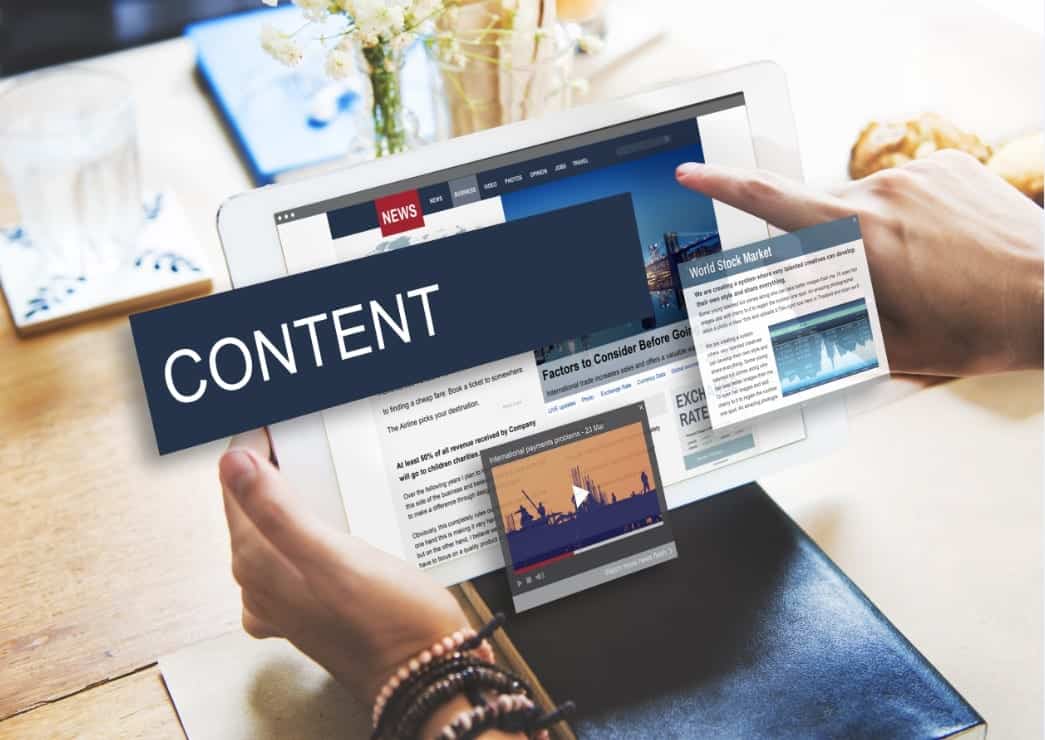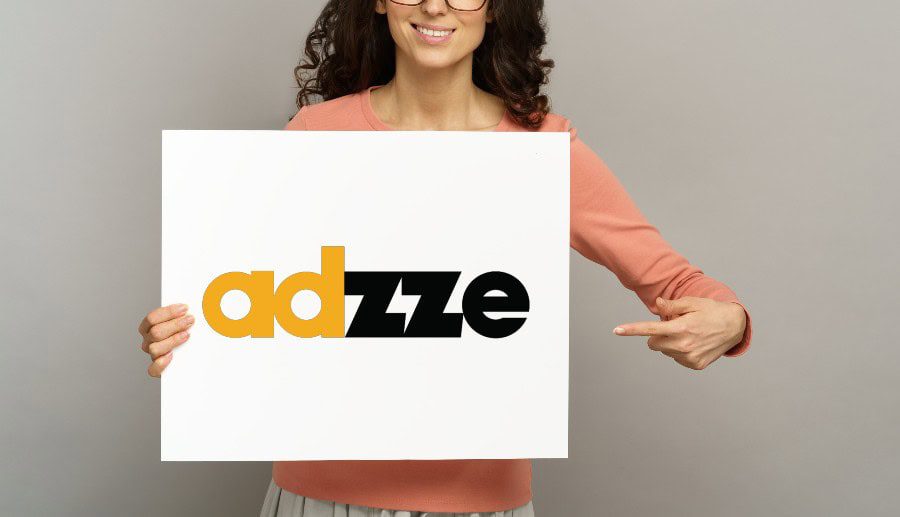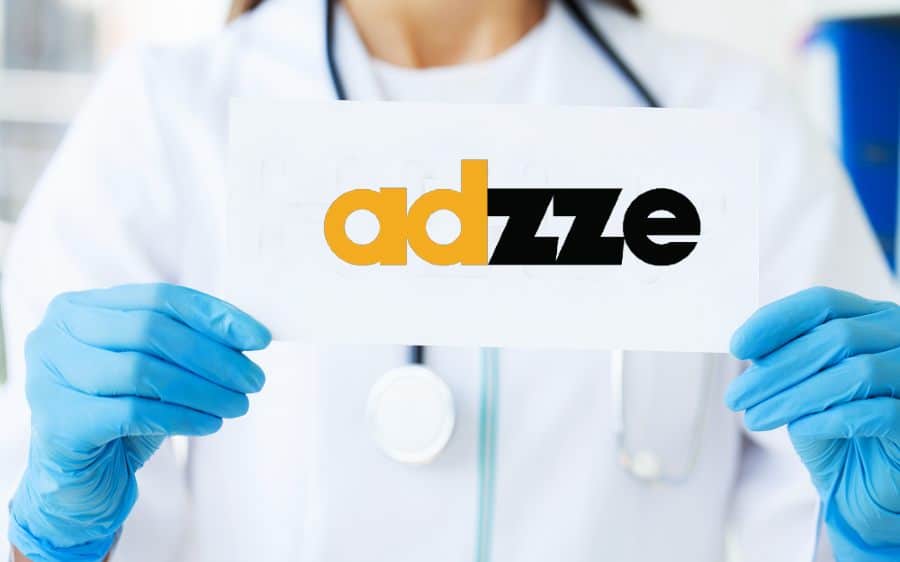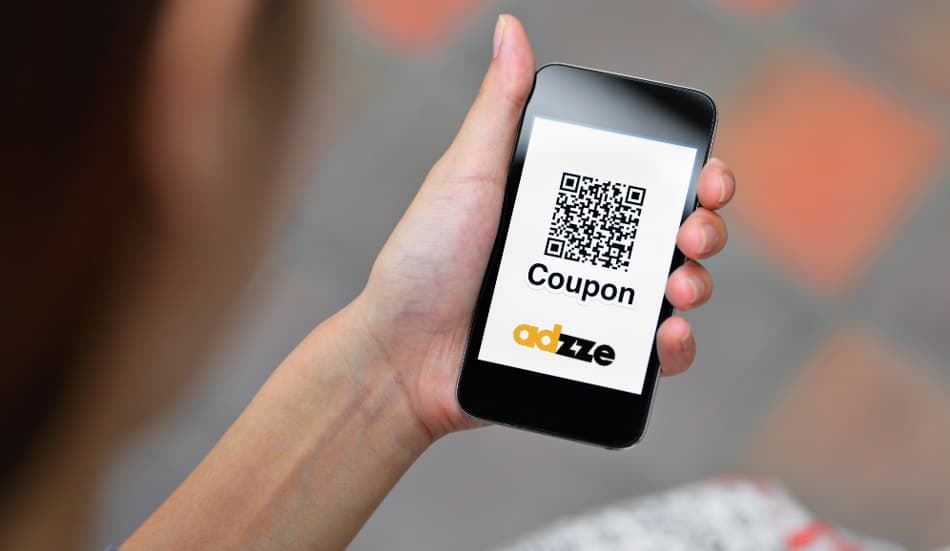
Print Ads vs. Native Advertising: What’s a Better Value?
Print Ads: compare with other type of tactics
As consumers become more and more blinded to banner ads and other from of intrusive advertising, advertisers have to become more creative in order to get their message in front of those that matter. Marketers have been questioning the value of content marketing and native advertising as effective tools to reach the target audience. One way that advertisers are able to overcome limitations is by producing either native advertising or content marketing. While both are relative newcomers to the advertising world, their market share will only continue to grow. For example, advertisers are expected to spend upwards of $21 billion on native ads in 2018. This is a far cry from the $4.7 billion that was spent in the same manner in 2013.
Print Ads and Native Advertising: What’s a Better Value?
Before embarking on a native advertising or content marketing campaign, however, it is essential to understand the differences between the two. According to Brad Keys, native advertising refers to a single way for marketers to distribute content. On the other hand, with content marketing, content is produced and pitched to writers and videographers to cover. With native advertising, marketers must pay to play. With this strategy, the only way an ad gets placed on a website is when a marketer pays to have it put there. On the other hand, companies will produce content in an effort to have it covered as more of a news feature. Another difference between the two is that native advertising is sponsored since someone is paying for that ad to be there. Content marketing doesn’t need the same type of designation. Content marketing can also be tracked through better organic rankings while native advertising is limited by the budget.
Pros and Cons
As with any form of advertising, however, there are both pros and cons to producing native ads. On one side, native advertising allows marketers to hyper target the consumers they want to reach and can do so with fairly inexpensive ads. Additionally, native ads can produce a fair amount of content without looking like a traditional ad that consumers may gloss over. On the other hand, some consumers view this type of advertising as dishonest because is sponsored. Additionally, native advertising can have a hard time passing muster on sites such as Google and this can have a big influence on how many people see the finished product.
Native Advertising: Why is it Becoming more Popular?
Despite a few obvious drawbacks, native ads continue to be very popular and the future continues to look bright. One reason why native advertising continues to be popular is that consumers prefer these ads over banner ads. According to recent statistics, people view native ads 53% more than banner ads. Additionally, 32% of consumers said that they would share a native ad with family and friends versus just 19% who would do the same for banner ads. (The Value and Benefits of Native Advertising)
Of course, no campaign will be successful if marketers can’t get consumers to engage with the content. As a result, it is important to track measures such as page views and time on page to get a clear understanding of how well a campaign is performing.Additionally, the click-through rate is still important when it comes to determining the impact of the ad. Marketers will also want to take into account conversions and social sharing before determining if a native advertising campaign got the result needed.
Examples of unconventional OOH Advertising
Unconventional advertising relies on the placement of advertising in unusual and unexpected places often with unconventional methods and being first or only ad execution to do so. In-the-Hand Advertising is a ramification of Guerrilla advertising and relies on the placement of ads on vehicles that consumers touch at daily basis as: coffee cups, pizza boxes, drink coasters, hotel room key cards, Prescription bags, dry cleaner hangers.
Door Hanger Advertising
Door Hanger Advertising focuses on the potential customer when they are comfortable and least distracted. For instance, In-The-Hand advertising is a form of ambient marketing that puts the message in the hands of the consumer. Alternatively, this kind of advertising goes by the name “guerilla tactics”. The concept of Door Hanger Advertising is to surprise the target. Interestingly, the target audience cannot ignore such messages, which pushes up conversion rates. Door hangers delivers better audience engagement.
Coffee Cup Ads
Coffee Cup Ads are a sub-segment of Ambient Marketing and sometimes recognized as Guerrilla marketing tactics. Ambient media refers to the usage of publicity-grabbing events by utilizing contextual elements of the target groups. The placement of advertising in unusual and unexpected places often with unconventional methods and being first or only ad execution to do so. In-the-Hand ads leverages daily consumables as vehicles / ad spaces to trigger a surprise effect in the audience. These vehicles can be pizza boxes, drink coasters, prescription bags, coffee cups, dry cleaner hangers, door hangers.
Bag Advertising
Pharmacy prescription bags are distributed by reputable healthcare providers which increases the brand exposure and reputation. It is a cost effective tactics since $26.45 enables you to reach 1,000 customers. Comparably, you would need not less than $15,000 to put up a billboard in the neighborhood to advertise your expertise or services. The concept of leveraging prescription bags or pharmacy bags is an effective tool to target healthcare providers since it delivers the message in the hand of consumers
Coaster Advertising
The venue places the coasters on the dining or bar tables generating a direct impact on consumer who receives the message in their hands. This is guaranteed impression as they have to take the coaster in their hands. Approximately 1,500 coasters/month are distributed by each venue generating estimated 0.7M of impressions. The concept of using coasters is a unconventional tactics that surprises the audience in a relaxing environment delivering a high brand recall.



